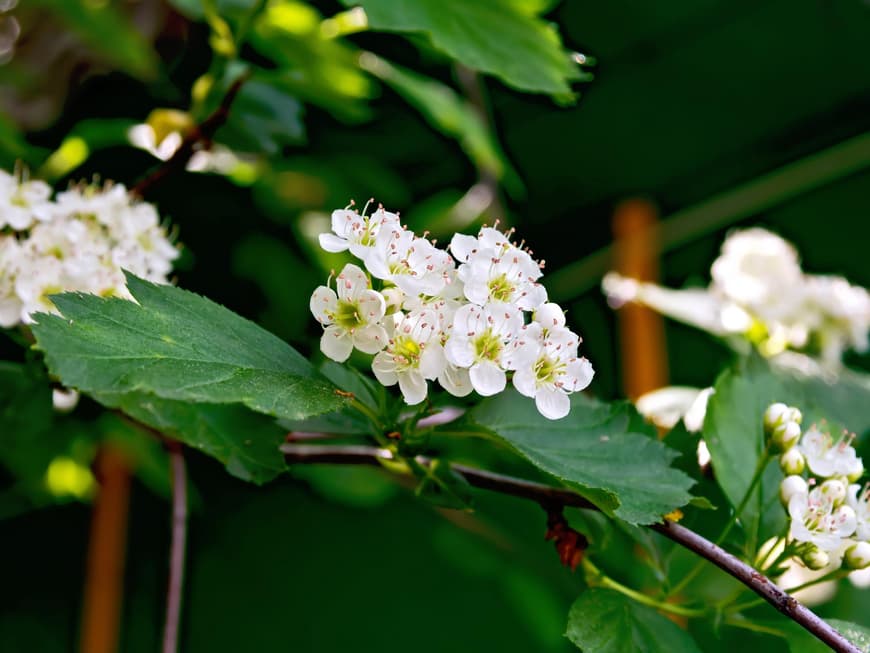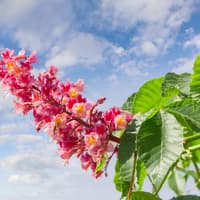We call it hawthorn in the vernacular, but it is also known as heckendorn, hail apple, flour tree (because its red fruit tastes floury) or fence thorn. This name says it all: in the past, the hawthorn bush was used as a fence - its thorns reliably protected grazing cattle from the evil wolf. Its effect has been known for centuries: Hawthorn has therefore also been used successfully in naturopathy.
Medicinal plant For the Native Americans, hawthorn was the ultimate remedy for getting and staying healthy. It was used for almost all ailments such as fever or stomach problems. In the early Middle Ages, hawthorn was prescribed for gout, diarrhea and nervous attacks. From the 14th century onwards, we read for the first time in the herbal books of healers that hawthorn can strengthen the heart as well as the circulation and nerves.
Science But it was not until the end of the 19th century that scientific research was carried out to determine whether hawthorn could also demonstrably strengthen the heart. The researchers found that hawthorn helps with angina pectoris and actually strengthens the heart. It was prescribed for heart problems and was soon popularly known as the "valerian of the heart".
Flowers and leaves Hawthorn dilates the coronary vessels and thus improves blood flow to the heart muscle. It can also increase the heart's beating power. The flowers and leaves of the medicinal plant are used. Hawthorn extracts are available in pharmacies, which strengthen the heart and make the patient more efficient again.
Tolerance As with all herbal remedies, patients need to be patient before the effects set in - this can take a few weeks. Hawthorn extracts are considered to be well tolerated. However, experts recommend consulting a doctor before use.








